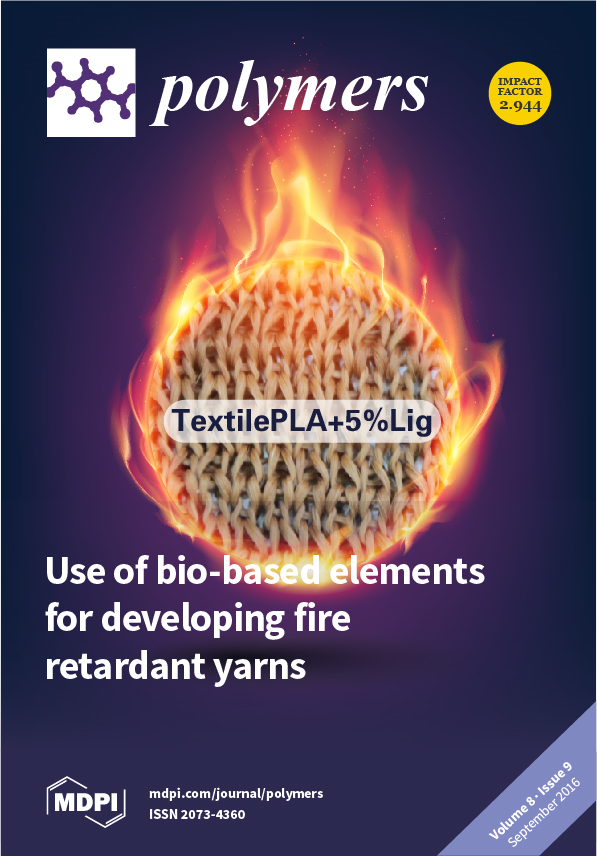Using the dynamic Monte Carlo method, we investigate dynamics of semiflexible polymer translocation through a nanopore into laterally unbounded region between two parallel flat membranes with separation
R in presence of an electric field inside the pore. The average translocation time τ initially
[...] Read more.
Using the dynamic Monte Carlo method, we investigate dynamics of semiflexible polymer translocation through a nanopore into laterally unbounded region between two parallel flat membranes with separation
R in presence of an electric field inside the pore. The average translocation time τ initially decreases rapidly with increase of
R in the range of
R < 10 and then almost keeps constant for
R ≥ 10, and the decline range increases with increase of dimensionless bending stiffness κ. We mainly study the effect of chain length
N, κ and electric field strength
E on the translocation process for
R = 5. The translocation dynamics is significantly altered in comparison to an unconfined environment. We find τ ~
Nα, where the exponent α increases with increase of
E for small κ. α initially increases slowly with increase of
E and then keeps constant for moderate κ. α decreases with increase of
E for large κ. However, α decreases with increase of κ under various
E. In addition, we find τ ~ κ
β. β decreases with increase of
N under various
E. These behaviors are interpreted in terms of the probability distribution of translocation time and the waiting time of an individual monomer segment passing through the pore during translocation.
Full article






